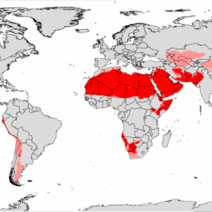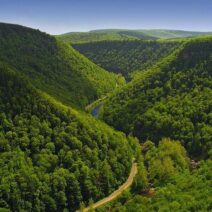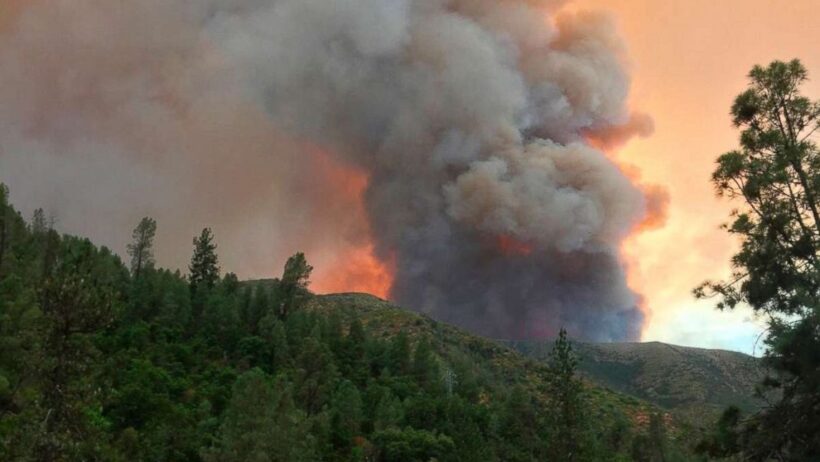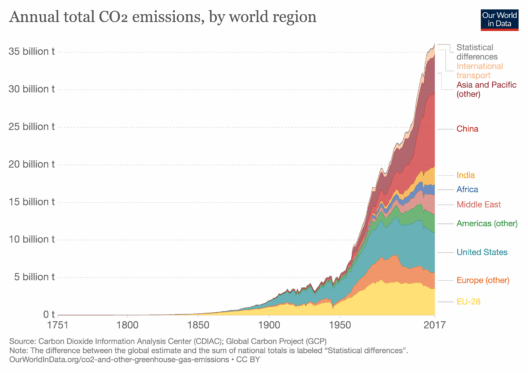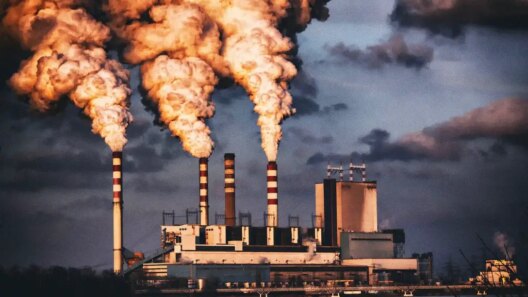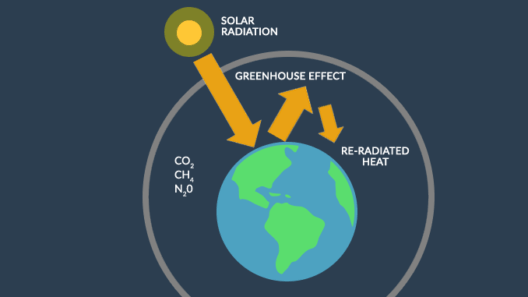As the world grapples with climate change, one alarming consequence is the proliferation of wildfires, particularly in forest ecosystems. Have you ever pondered what it might be like to watch an entire forest engulfed in flames? We often romanticize the beauty of nature, but when wildfires take hold, they reveal the ferocity and vulnerability of our environment. The relationship between global warming and the frequency and intensity of wildfires is a pressing issue that demands closer scrutiny.
Wildfires are a natural part of many ecosystems, playing a crucial role in replenishing soil nutrients and facilitating the growth of certain plant species. However, climate change has altered the dynamics of these fires, turning them into catastrophic phenomena. The increasing temperatures, prolonged droughts, and erratic weather patterns associated with global warming are fundamental factors that exacerbate wildfire occurrences.
The first step in understanding this intricate relationship is to recognize the elemental requirements for fire: fuel, oxygen, and heat. In forests, trees and underbrush provide ample fuel, while oxygen is always present in the atmosphere. The heat necessary to ignite these fires is becoming increasingly accessible due to climate change. As temperatures rise, conditions become more conducive to the ignition of wildfires. Data shows that regions prone to hot, dry weather like the western United States, Australia, and Southern Europe are experiencing heightened wildfire activity.
Moreover, drought is a significant catalyst for wildfires. Extended periods of low rainfall lead to arid landscapes where vegetation becomes desiccated and more flammable. The phenomenon known as “flash drought,” characterized by rapid onset and intensification, has become more prevalent due to changing climate conditions. The interplay between heat waves and drought creates a perfect storm for wildfires, producing tinderbox conditions that are ripe for ignition.
If you consider it, the factors contributing to wildfires are not merely isolated events but part of a larger, interconnected system. The rise in average global temperatures affects moisture content in the soil and vegetation. Healthy forests are vital for sequestering carbon dioxide; however, when they burn, they release stored carbon back into the atmosphere, perpetuating the vicious cycle of climate change. This feedback loop poses a significant challenge for global efforts to mitigate climate change.
Human activity also exacerbates the wildfire situation, creating an additional layer of complexity. Urban expansion, land use changes, and poor fire management practices can increase fire risk. For example, the remnants of past land management strategies often leave behind an accumulation of dead trees and underbrush, which acts as fuel for fires. In regions where humans live close to wildlands, the ignition sources range from human negligence, like campfires left unattended, to deliberate arson.
From an ecological standpoint, the consequences of increasing wildfire frequency extend far beyond the immediate destruction of trees and wildlife habitats. When wildfires occur, they can lead to soil erosion and loss of biodiversity. Species that cannot adapt quickly to changing conditions may face extinction. Additionally, the smoke released into the atmosphere can adversely affect air quality, not just locally but in far-off regions. The public health implications cannot be understated; increased respiratory ailments are a direct consequence of wildfire smoke.
In response to these alarming trends, scientists and policymakers are exploring various strategies to mitigate the impact of wildfires. One approach is to implement controlled burns, ensuring that small fires are deliberately set to consume excess fuel, thereby reducing the likelihood of larger, uncontrolled fires. Furthermore, there is an urgent need to revisit our land management practices, incorporating a more holistic view of fire as part of the ecosystem rather than something to be eradicated at all costs.
Community involvement plays an essential role in wildfire preparedness and recovery. Local initiatives aimed at educating homeowners about defensible spaces can provide tangible benefits. Planting fire-resistant vegetation and maintaining a clear buffer around properties can help mitigate the risk. Communities can adopt practices that enhance resilience, such as establishing firebreaks and promoting the use of fire-resistant building materials.
As we continue navigating the complex interplay between climate change and wildfires, international cooperation will be crucial. Climate governance through global treaties can help shape policies that address the root causes of climate change. Each country must take responsibility for its contributions to greenhouse gas emissions and climate resilience strategies.
The question remains: How do we engage individuals and communities in this crucial fight against climate change and its manifestations, such as wildfires? Encouraging everyone to take action, whether through advocacy, education, or sustainable practices, is essential. Individuals have the power to influence change by pressing for policies that address climate change on local and global scales.
In conclusion, the role of global warming in igniting wildfires is evident and multifaceted. As temperatures rise and drought conditions worsen, the dangers posed by wildfires are likely to escalate, threatening ecosystems, human health, and climate resiliency. Addressing this challenge requires a combination of scientific insight, policy action, and proactive community engagement. Only through comprehensive efforts at every level can we hope to contain this formidable threat to our forests and, by extension, our planet.

